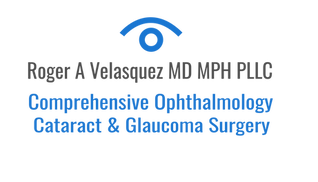Cataracts
Inside our eyes, we have a natural lens. The lens bends (refracts) light rays that come into the eye to help us see. The lens should be clear. But, if you have a cataract, your lens has become cloudy. It is like looking through a foggy our dusty car windshield. Things look blurry, hazy or less colorful with a cataract.
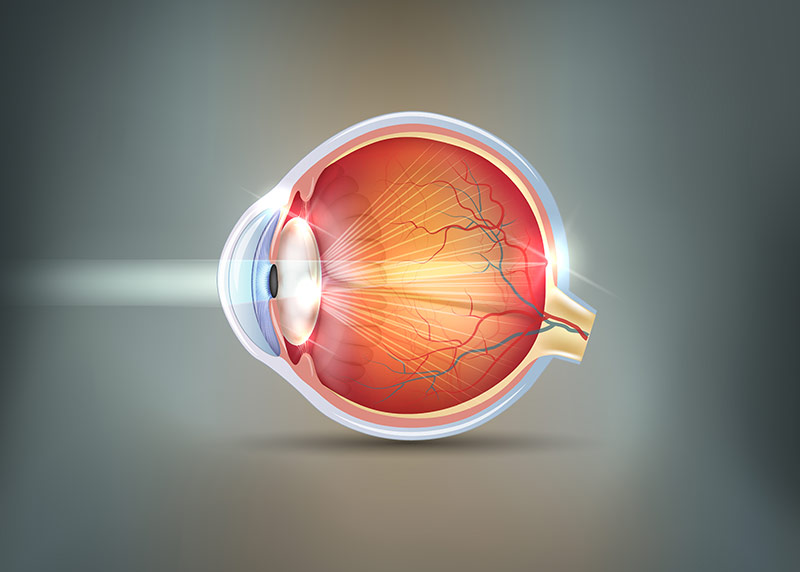
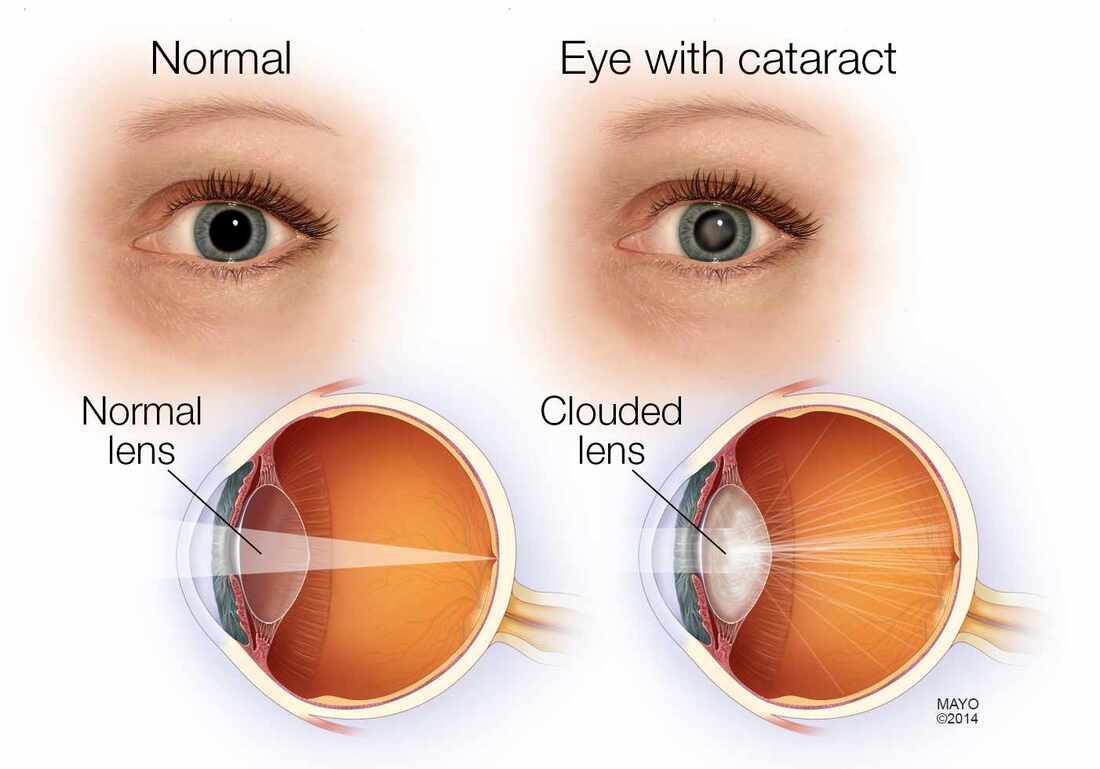
What are Cataracts?
A cataract is when proteins in your natural lens break down and cause clouding of the normally clear lens in your eye. As clouding of the lens occurs, it keeps light from passing through to the retina. The retina is a tissue in the back of the eye that is sensitive to light and makes images for our brain. The cloudiness causes a change in vision that can look blurry, hazy, less colorful, cause halos and change your distance vision.
Symptoms Associated with Cataracts
Blurry vision
Seeing double
(when you see two images instead of one)
Seeing faded colors or dulled images
Being extra sensitive to light
Having trouble seeing well at night, or needing more light when you read

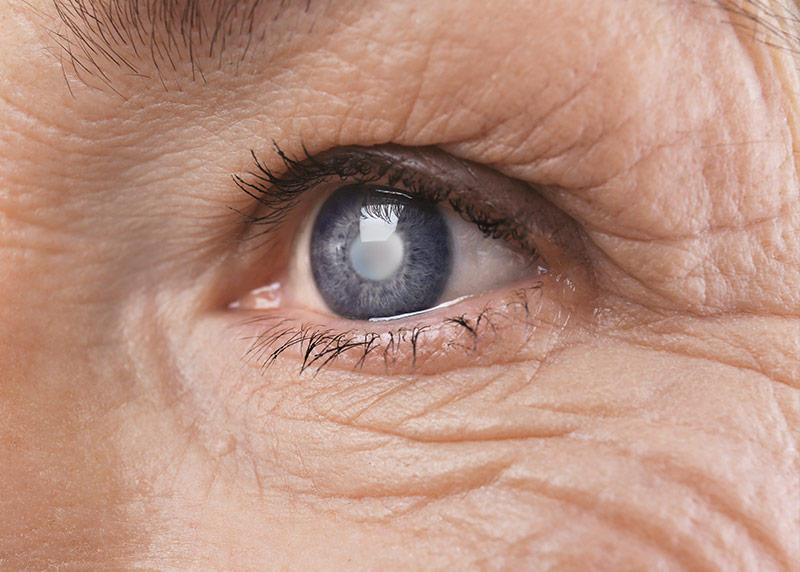
Aging is the most common cause of cataracts. This due to normal eye changes that happen starting around age 40. That is when normal proteins in the lens start to break down. This is what causes the lens to get cloudy. People over age 60 usually start to have some clouding of their lenses. However, vision problems may not happen until years later.
Most age-related cataracts develop gradually. Other cataracts can develop more quickly, such as those in younger people or those in people with diabetes. Doctors cannot predict how quickly a person’s cataract will develop.
What causes cataracts?
Aging
Having parents, brothers, sisters, or other family members who have cataracts
Having certain medical problems, such as diabetes
Having had an eye injury, eye surgery, or radiation treatments on your upper body
Having spent a lot of time in the sun, especially without sunglasses that protect your eyes from damaging ultraviolet (UV) rays
The use of certain medications such as corticosteroids may cause early formation of cataracts.
Cataracts can be removed only with surgery.
If your cataract symptoms are not bothering you very much, you don’t have to remove the cataract. You might just need a new eyeglass prescription to help you see better. You should consider surgery when cataracts keep you from doing things you want or need to do.
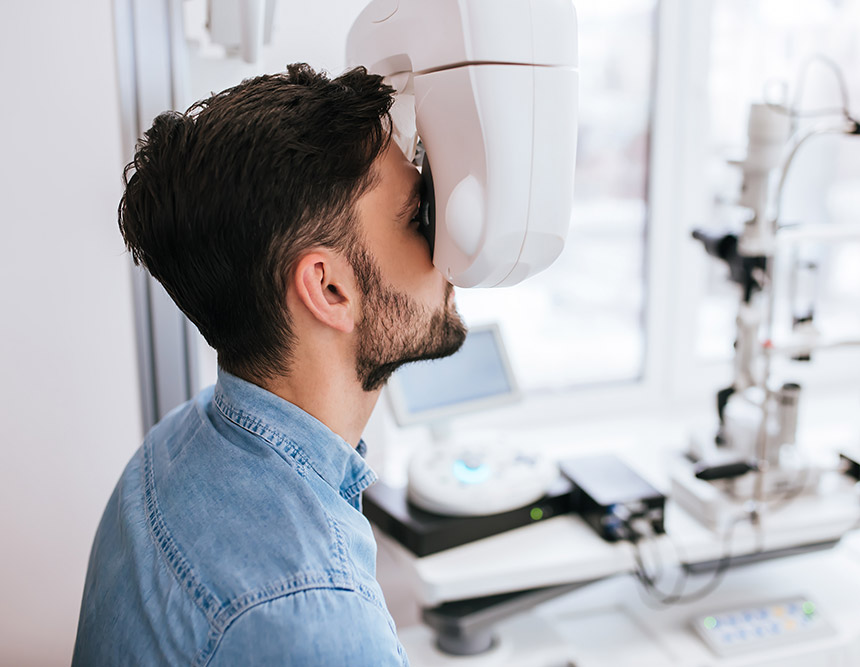
Request an Appointment
Main Clinic- Castle Hills
6810 West Avenue, Suite A
San Antonio, Texas, 78213
Surgery Center- American Surgery Center
12838 Vista del Norte
San Antonio, TX, 78216
Monday – Friday
Phone
Fax
